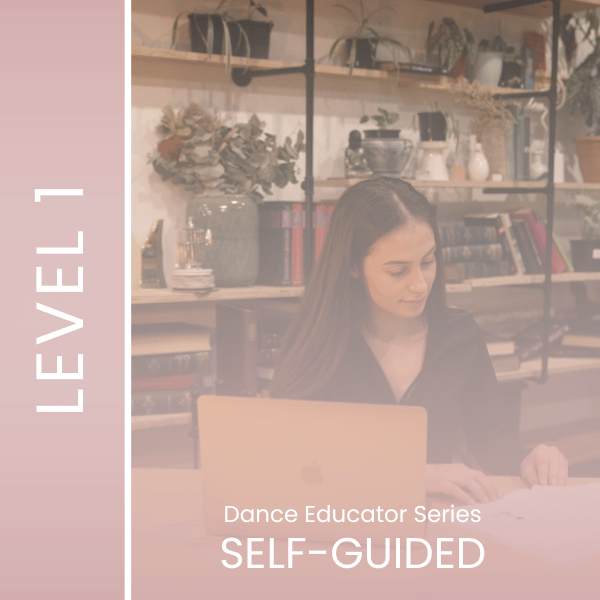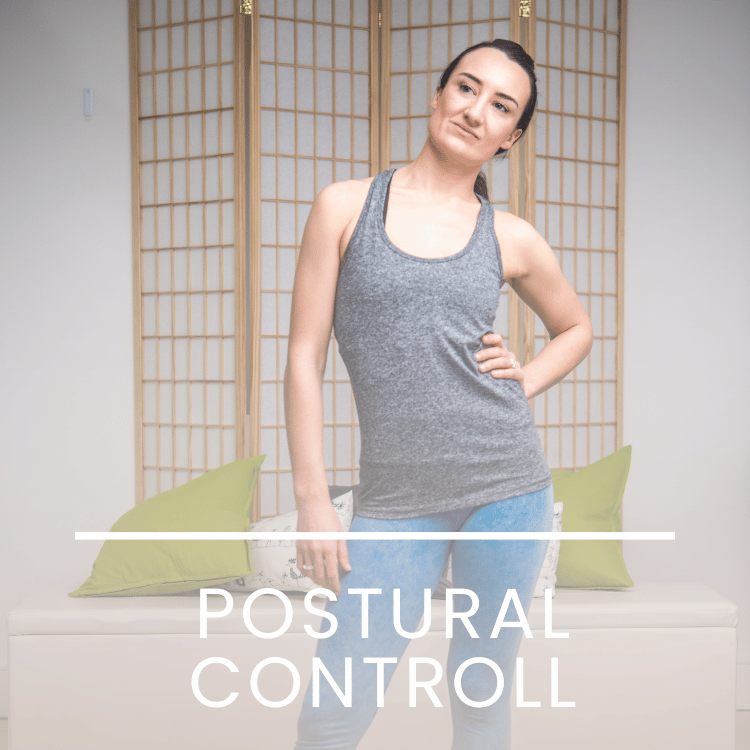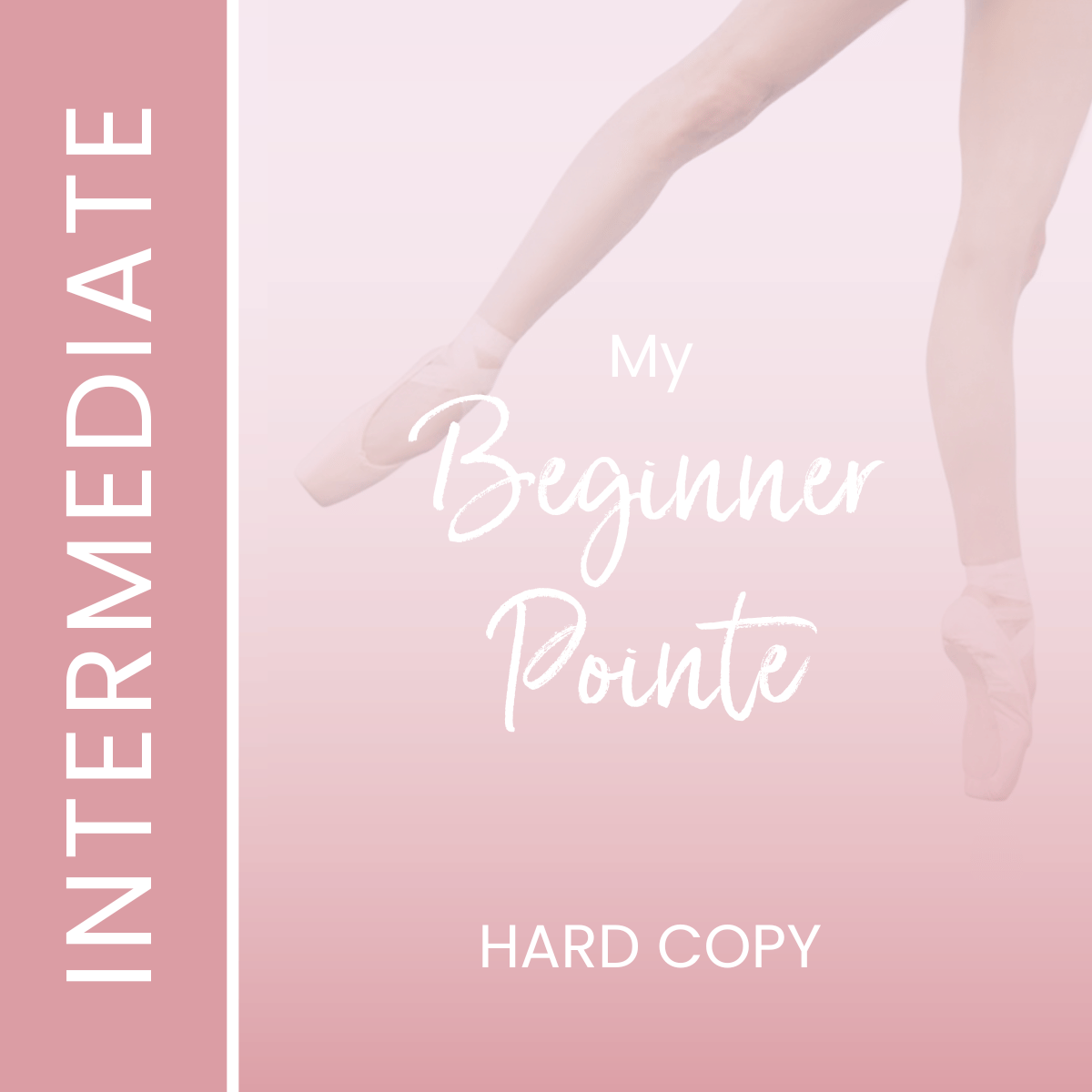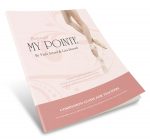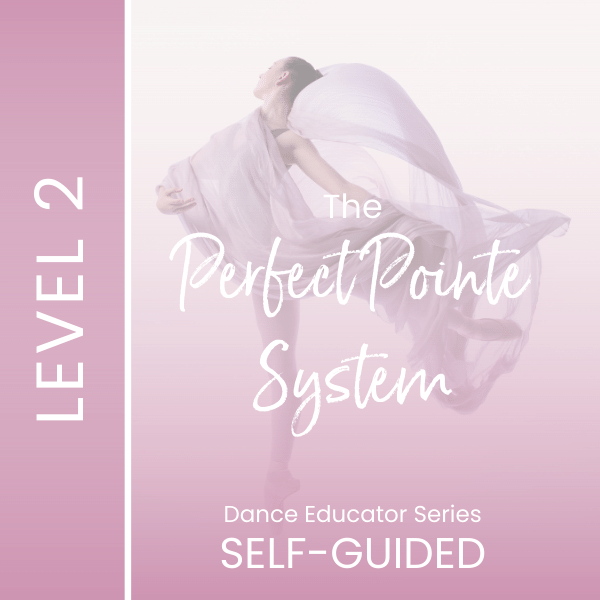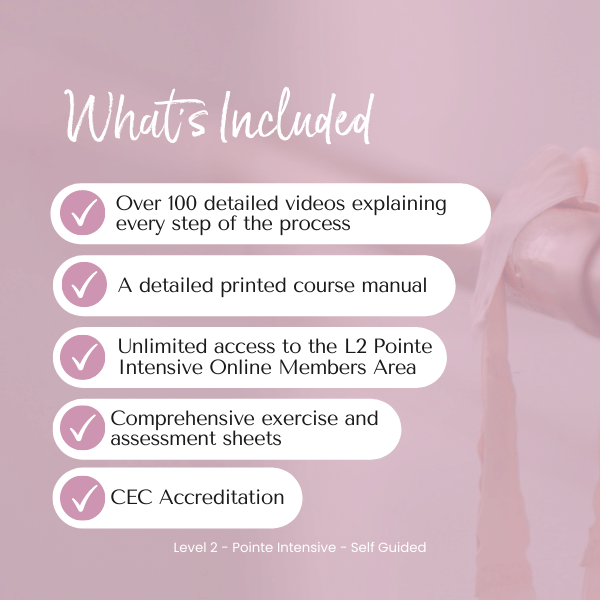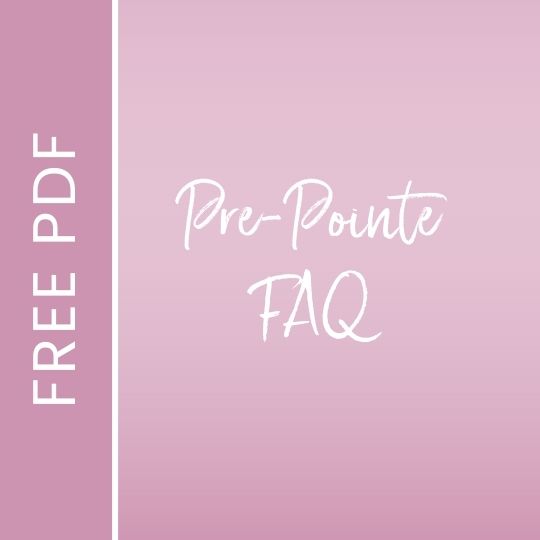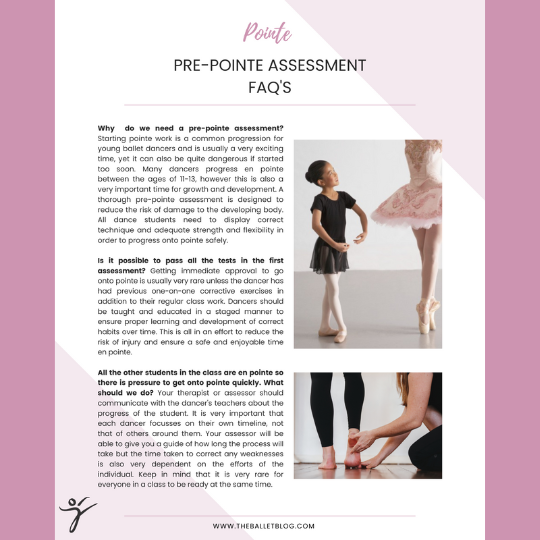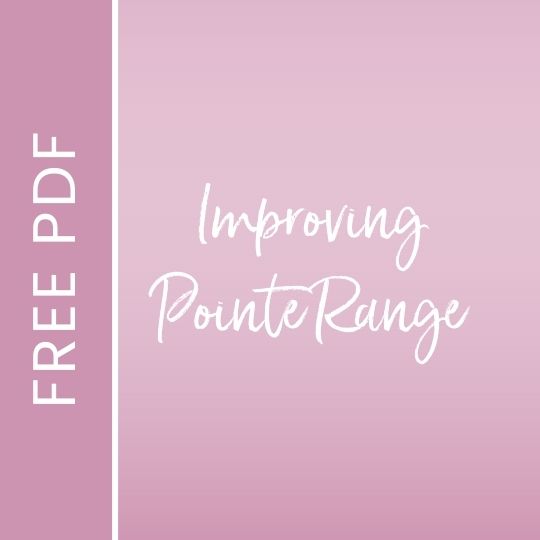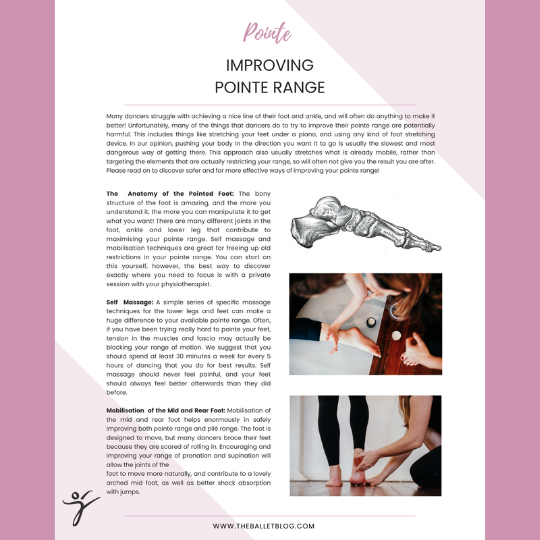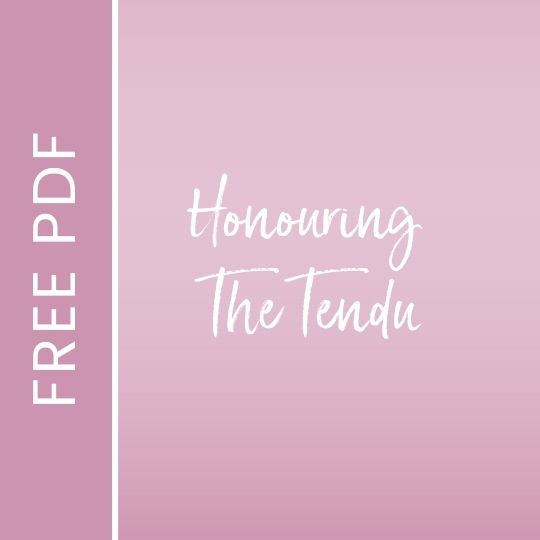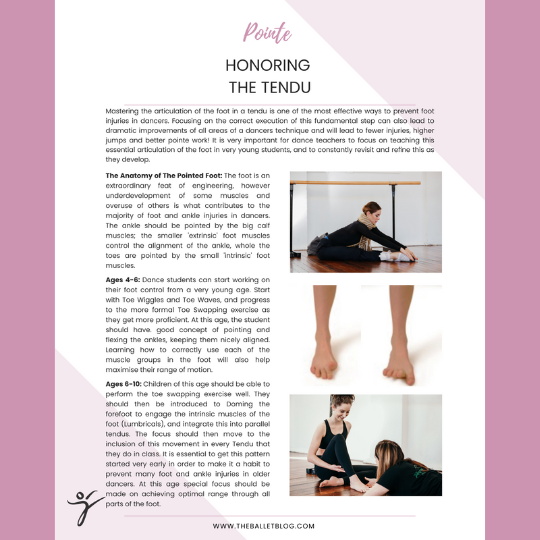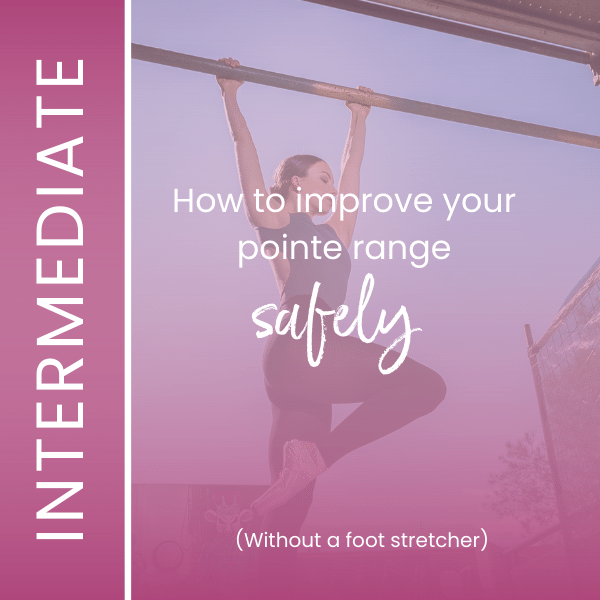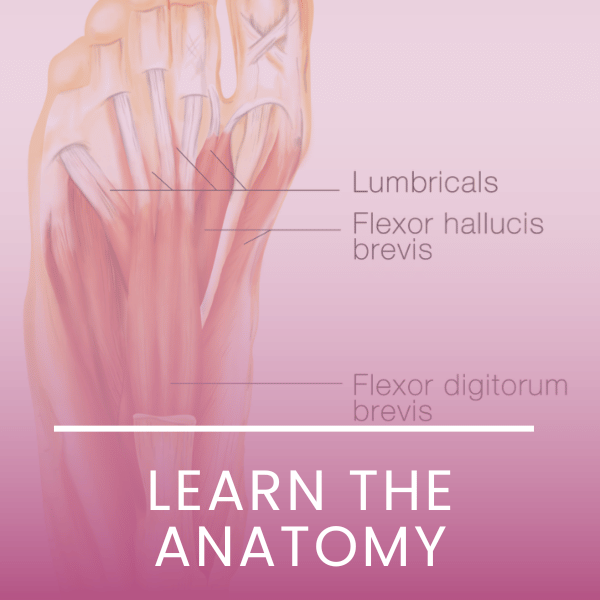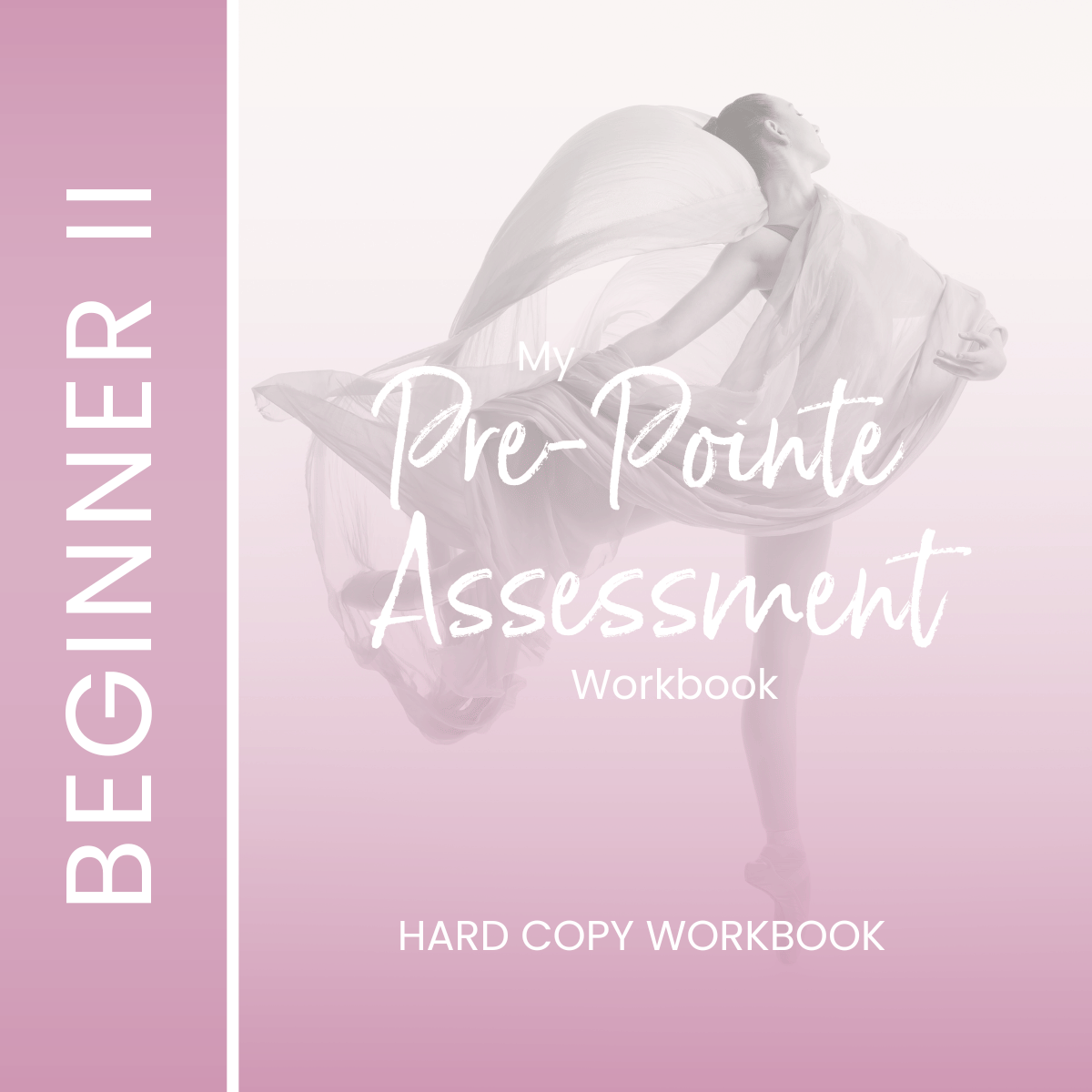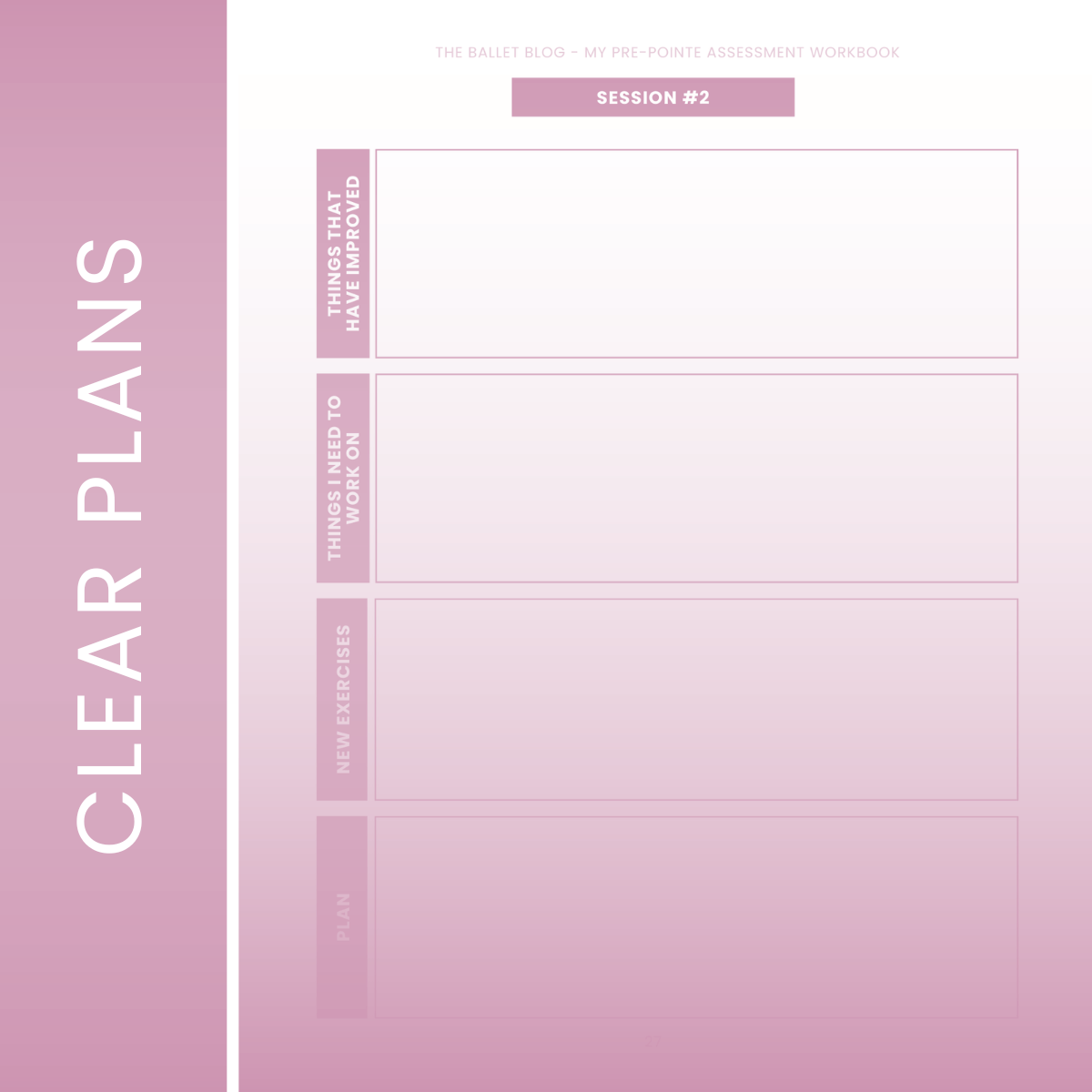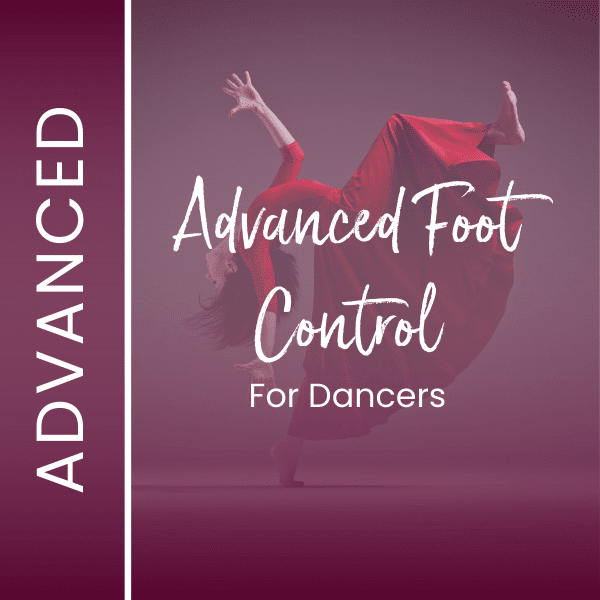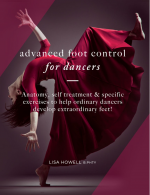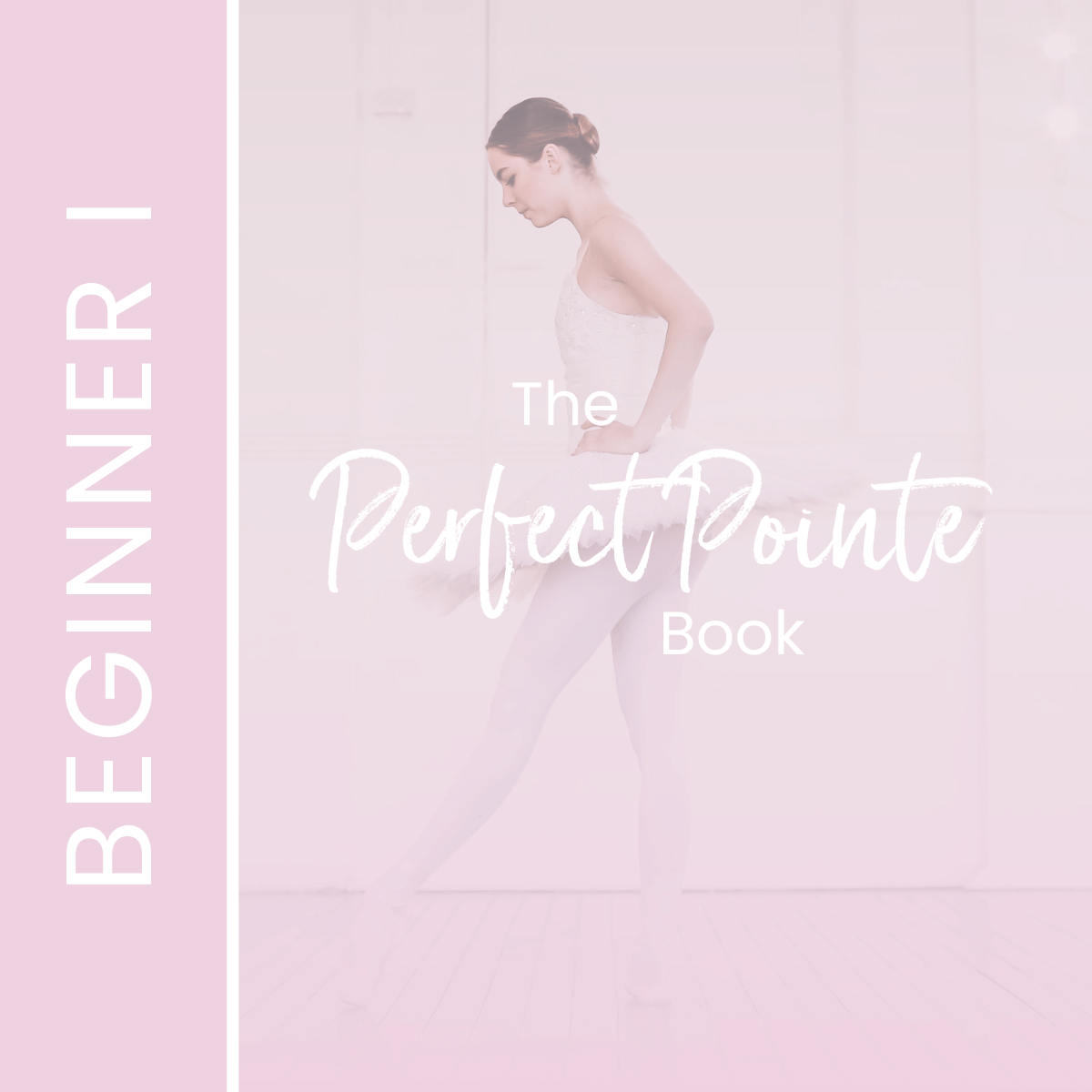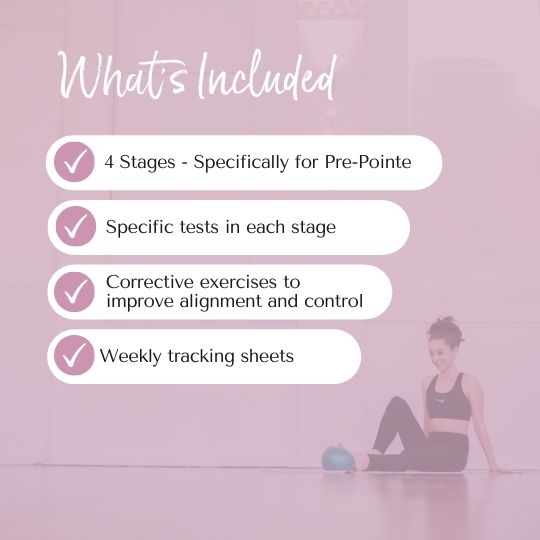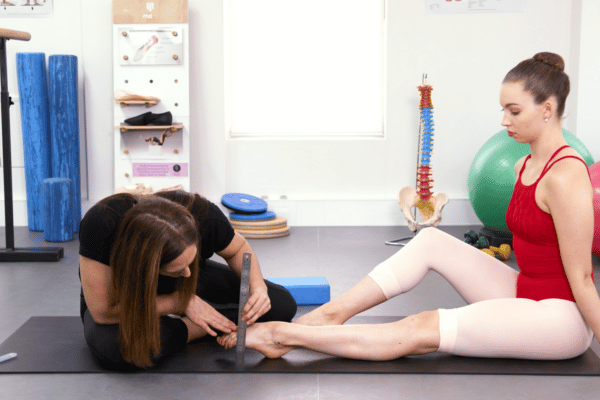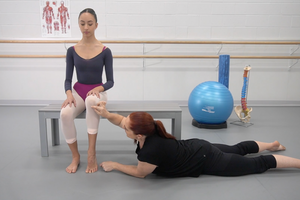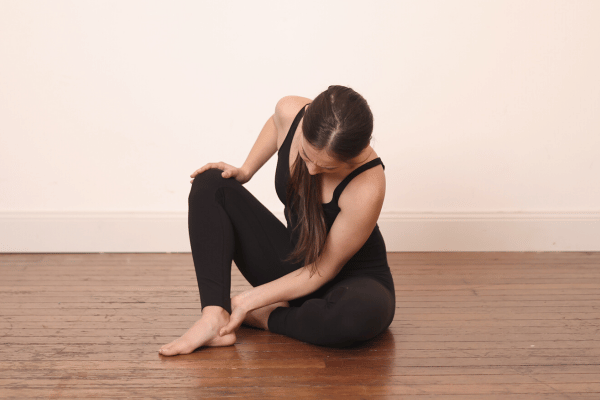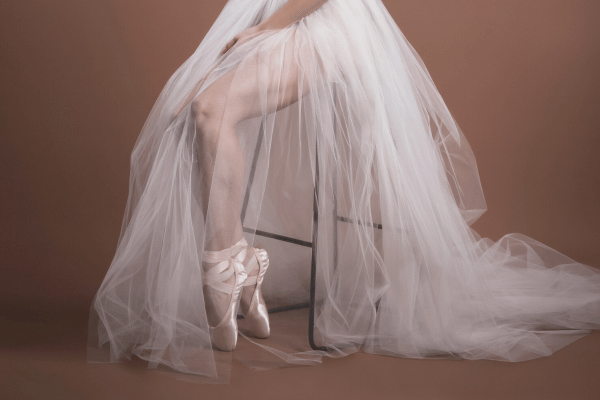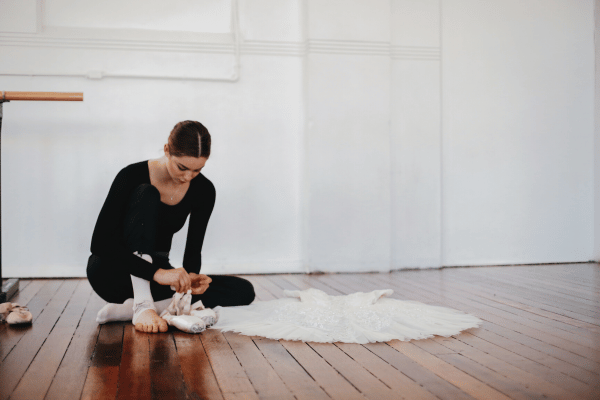Pain and Clicking in the Back of the Ankles
Many dancers experience pain in the back of the ankle due to inflammation and swelling in the tissues in this area. Once the tissues are inflamed, they take up more room in the back of the ankle than usual, and can get even more compressed when you point your ankle, resulting in more compression. If the inflammation in the tendons that pass the ankle gets steadily worse, they can get too big for the sheaths that they run through and dancers may start experiencing a clicking, clunking or grinding when they point their toes.
One of the biggest causes of continued inflammation is when dancers constantly test their feet to ‘see if it is still sore’. I know that avoiding this is hard but it really does help in settling the inflammation. Constantly compressing the structures at the back of the ankle every couple of minutes builds up over the day and results in a constantly inflamed area. Have a look at the video that I filmed to discuss this phenomenon plus other ways to reduce pain and inflammation.
It is however very important not to lump all of the different types of "Pain in the back of the ankle" together. There are many different reasons why dancers may get pain in this area, and it is important to work out exactly what is wrong, before we start any kind of treatment. Make sure to download our "Pain at the back of the ankle Differentiation Guide". Fill it out, and take it along when you visit your local health professional so that that you can get highly targeted treatment right away.
Please never just accept that it's normal to have pain in your body because of your dancing. While yes, you may get “post-exercise muscle soreness” if you are using muscles that you have not worked before (say if you are working on a new bit of choreography with different moves), however, this should always settle within 48 hours. If you have any pain that lasts more than 3 days it must be looked into carefully, ideally by a qualified and experienced local health professional.
One of my favourite sayings is that “The body is in a constant state of reformation”. This means that if we give the body different messages, it will give you a different response. This is especially true for pain in the back of the ankle. Once you know what type of issue you are working with, a few simple mobilisers, self-treatment strategies or training adjustments can make the world of difference to most dancers.
Pointe Resources
If you are looking to delve deeper into understanding pointe work, check out the following programs:

